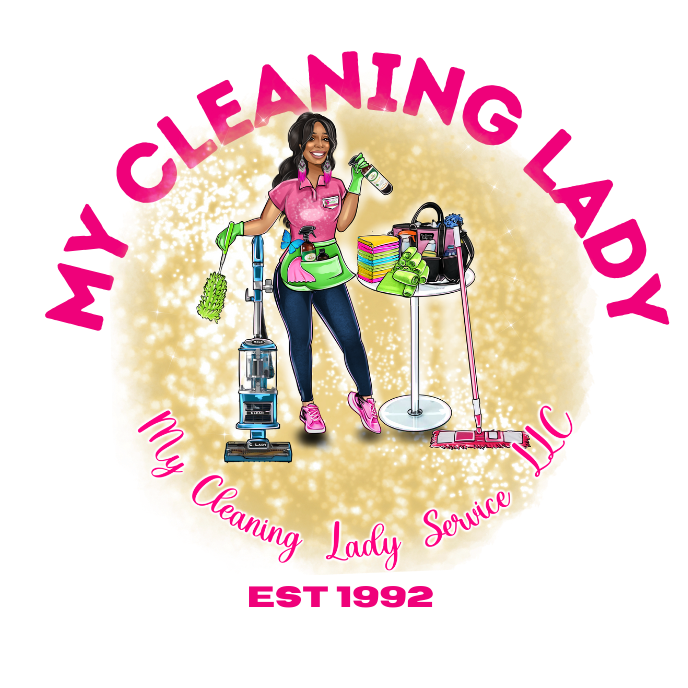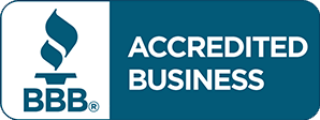House Cleaning Tips & Ideas
NOT SURE WHERE TO START? HERE ARE SOME IDEAS....
Faucets
Water deposits build up around faucets and drain areas. Use a paper towel soaked in white vinegar and place around the faucet. Plug the drain and pour 1/2 cup white vinegar in the sink and wait. It takes time for the white vinegar to dissolve the alkaline deposits. Scrub using a stiff bristled nylon toothbrush. Do not use orange based or powdered cleansers on brass or gold plated faucets. These fixtures corrode and scratch quickly. Dry these faucets after each use to prevent water spot damage.
Water deposits build up around faucets and drain areas. Use a paper towel soaked in white vinegar and place around the faucet. Plug the drain and pour 1/2 cup white vinegar in the sink and wait. It takes time for the white vinegar to dissolve the alkaline deposits. Scrub using a stiff bristled nylon toothbrush. Do not use orange based or powdered cleansers on brass or gold plated faucets. These fixtures corrode and scratch quickly. Dry these faucets after each use to prevent water spot damage.
Sinks
Once a month, pour one cup of baking soda, followed by one cup of white vinegar down the drain. Wait an hour and flush with warm water. The combination fizzles away most of the buildup. Works for shower, tub and kitchen sink drains as well.
Cleaning Stainless Steel
Stainless steel is an alloy of iron that contains more than 10 percent chromium. Stainless steel resists stains but occasionally dulls or will show oily finger prints. This steel is noted for its hardness and is used for utensils, tableware, sinks, counter tops and small appliances. In the process of making it, a little of the chromium in the alloy is used to form the hard oxide coating on the surface. If this is taken off, through corrosion or wear, the steel rusts like regular steel.
* Olive Oil: Rub stainless steel sinks with olive oil to remove streaks.
* Vinegar: To clean and polish stainless steel, simply moisten a cloth with undiluted white or cider vinegar and wipe clean. Can also be used to remove heat stains on stainless steel cutlery.
* Club Soda: Remove streaks or heat stains from stainless steel by rubbing with club soda.
* Vinegar: To clean and polish stainless steel, simply moisten a cloth with undiluted white or cider vinegar and wipe clean. Can also be used to remove heat stains on stainless steel cutlery.
* Club Soda: Remove streaks or heat stains from stainless steel by rubbing with club soda.
How to Clean Rust Stains
Chemically, acids are the preferred way to remove rust stains. Believe it or not lemon juice (citric acid), or the "stronger" white vinegar (acetic acid) are mild acids which may resolve the problem. In the corner of an affected area, I would test both acids to determine which one is most effective. Apply the acid with the clean sponge side of a white, nylon scrub pad backed sponge (available at supermarkets). Agitate with the scrub pad side. Rust stains are the result of oxidation. Rinse thoroughly afterwards and blot dry. Another method on clothes is to try a waterless hand cleaner like Goop or DL. Just work it into the spot, then wash it. Test an inconspicuous spot first to make sure it doesn't fade the fabric.
Cleaning Outdoor Furniture
Outdoor furniture generally pleads for cleaning at the first sign of spring. Remember always test an inconspicuous spot before using a new cleaner. Mix a bucket (make sure the bucket is clean) with liquid dish soap, some Borax and 1/2 cup hydrogen peroxide per gallon of water. Saturate the furniture thoroughly and allow to set 15 minutes. Scrub with a nylon scrub brush and rinse. Be sure to follow the manufacturer's guidelines for cleaning. Some fabrics will not tolerate peroxide. If any of the metal has rusted, first try using a rust remover found inautomotive stores.
Freshening the Dishwasher
Pour 1 cup of Baking Soda into the dishwasher and run it through the rinse cycle. It will help get rid of some of the grime that collects on the inside of the machine, as well as freshen the smell of the dishwasher.
Vinegar in the Laundry Room
Use vinegar as a natural fabric softener. This can be especially helpful for families who have sensitive skin. Add 1/2 cup of vinegar to the rinse cycle in place of store bought fabric softener. Vinegar has the added benefit of breaking down laundry detergent more effectively.

Our Service Overview
Each home cleaning is unique. That's why our services are customized to meet your cleaning needs. Your tailored cleaning regiment can include the following:
All Rooms
- Dust picture frames, knickknacks, ceiling fans, lamps, furniture, woodwork, shelves and baseboards. Remove cobwebs. Vacuum carpets. Wash all floors and dry wood floors. Vacuum furniture, including under any cushions. Empty and clean ashtrays and wastebaskets.
Kitchen
- Clean appliances, counters, cabinets, table and chairs. Clean, scrub and sanitize sinks. Clean and sanitize countertops and backsplashes. Clean the range top and refrigerator top and exterior. Clean microwave oven inside and out. Wash floor.
Bathrooms
- Clean, scrub and sanitize showers, bathtubs and sinks. Clean and sanitize vanities, backsplashes and toilets. Clean mirrors. Polish chrome. Wash floors and tile walls. Deodorize.
Extras
- Each time we clean your home, we take care of a few extra tasks in each room to make sure that your home is well-maintained. With regular cleaning service, you never need to worry about another spring cleaning again.






